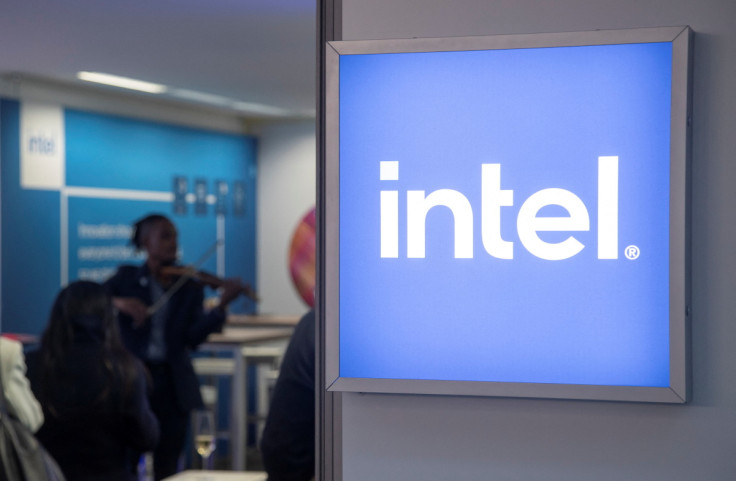Intel to Cut Over 2,300 Jobs at Oregon Plant in Bid to Become 'Leaner, Faster and More Efficient'
Tech giants like Microsoft, Amazon, and Ford are also reducing staff to integrate AI

In a strategic move to transform the company into a more agile and effective enterprise, Intel is set to restructure its workforce at its Oregon plant significantly.
Intel, once a market leader, is again reducing its workforce as it eliminates thousands of roles while navigating increasing pressure from artificial intelligence rivals.
On 10 July, the leading chipmaker, responsible for the processors found in millions of Dell, HP, and Lenovo computers, submitted official documents showing plans to dismiss almost 2,400 staff in Oregon.
Oregon Workforce Feels the Impact
This marks a substantial increase from just three days prior, when the company's WARN filing indicated only 529 positions would be eliminated. These staff reductions in Oregon likely represent a broader effort by the technology giant to streamline its operations.
In mid-June, the company hinted at its plan to reduce its workforce by approximately 15 to 20 per cent. Considering Intel's global headcount of 109,000, this could lead to 16,350 to 21,800 employees losing their jobs. The company recently stated it employed over 20,000 individuals at its Hillsboro, Oregon facility.
intel just cut 20 % of its people-about 20 000 jobs.
— Shama Hyder (@Shama) April 24, 2025
not a layoff headline... an urgency wake-up call.
• velocity # progress (intel sprinted on 5 tracks, nvidia owned 1)
• direction > motion (new ceo is axing roles to laser in on ai)
— timing is the currency (miss the… pic.twitter.com/44V7YayvQi
A Strategy for Agility and Efficiency
'We are taking steps to become a leaner, faster and more efficient company,' the company told DailyMail.com. 'Removing organisational complexity and empowering our engineers will enable us to serve the needs of our customers better and strengthen our execution.'
Intel chose not to disclose which roles are most impacted by this latest round of redundancies, but stated the reductions were communicated with extreme 'care and respect' for those affected.
This marks the second significant wave of job reductions at Intel in the past two years. Last December, the company saw its CEO replaced, coinciding with a 15 per cent cut to its global workforce in 2024.
Industry-Wide AI Pressures
These job cuts follow a challenging period for the venerable Silicon Valley company. Intel has faced increasing competition from more agile rivals and criticism for lagging in the artificial intelligence sector.
Competitors such as AMD, IBM, TSMC, and, particularly, NVIDIA, have gained a significant lead by heavily investing in processors specifically engineered for artificial intelligence applications.
NVIDIA, with its chips now powering nearly 80 per cent of artificial intelligence platforms, recently made history by becoming the first company to achieve a valuation exceeding $4 trillion (£2.98 trillion). In contrast, Intel's stock has declined over the past year.
Navigating Financial Headwinds and Federal Support
The company's shares have seen a more than 32 percent drop, although there has been some recovery in 2025, with stock prices increasing by 15 percent since January. Some of this improvement stems from favourable government relations in Washington.
Intel is benefiting from substantial federal backing through the bipartisan CHIPS and Science Act. This legislation aims to revitalise domestic production of technologies considered crucial for national security and economic competitiveness.
The company is awaiting $6.9 billion (£5.13 billion) in government funding to support the construction and expansion of facilities in Oregon, Arizona, New Mexico, and Ohio.
Intel has postponed the completion of its Ohio manufacturing plant until 2030. Despite this, the company's financials remain significantly in deficit. In the first quarter of 2025, Intel reported an $821 million (£610.76 million) loss. Its upcoming earnings report is expected next week.
AI's Complex Impact on Employment
Intel joins numerous technology and manufacturing leaders in reducing their personnel due to advancements in artificial intelligence.
Microsoft is set to eliminate thousands of roles this month as it significantly increases its investments in this technology. Similarly, the chief executives of Amazon and Ford have also announced plans to cut staff, aiming to integrate more generative AI models into their operations.
However, despite the growing narratives around job losses stemming from this new technology, US employment figures have not yet shown widespread shifts due to AI. Last month, American employers added 147,000 positions to the national economy.
© Copyright IBTimes 2025. All rights reserved.






















